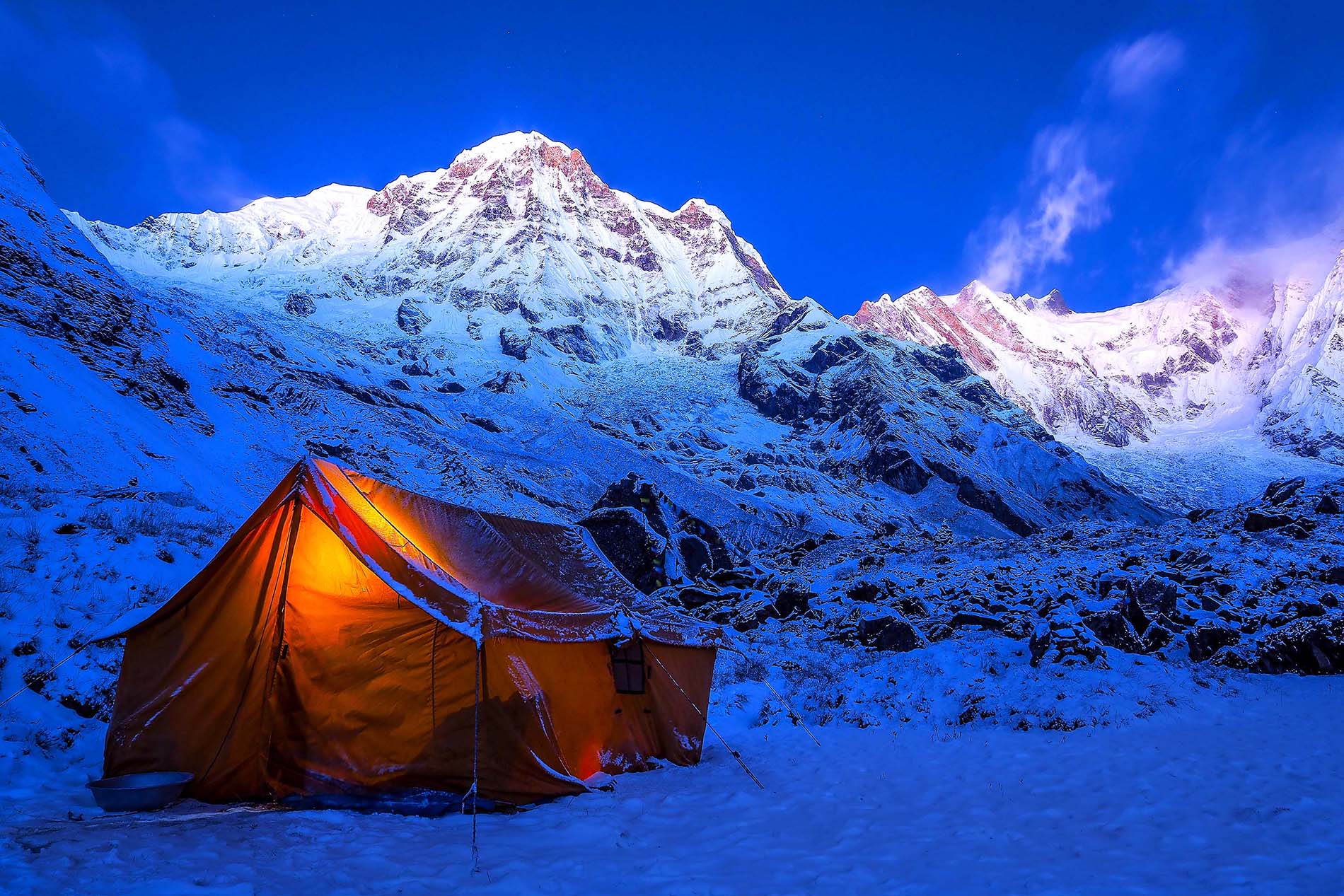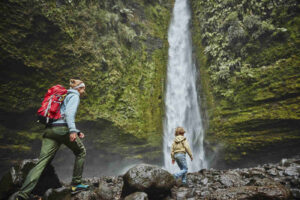Nepal is a trekker’s paradise, boasting some of the world’s most breathtaking and challenging trekking routes. Among these, the Annapurna Base Camp trek stands out as a must-do adventure for those seeking a unique and immersive experience in the heart of the Himalayas. This trek takes you through lush forests, charming villages, and, ultimately, to the base of one of the world’s most iconic mountain peaks, Annapurna I. Here, we’ll explore the essential things you should know before embarking on the Annapurna Base Camp trek.
- Trekking Season:
The best time to undertake the Annapurna Base Camp trek is during the autumn (September to November) and spring (March to May) seasons. These months offer stable weather, clear skies, and comfortable temperatures for trekking. During the winter, the trek is possible, but it can be quite challenging due to heavy snowfall. The monsoon season (June to August) should be avoided, as the trails are often muddy and prone to landslides.
- Permits and Regulations:
Before you start your trek, you need to obtain the necessary permits. The Annapurna Conservation Area Permit (ACAP) and the Trekkers’ Information Management System (TIMS) card are required. These permits help fund the conservation of the region and ensure your safety. You can obtain them in Kathmandu or Pokhara, and it’s essential to have your documents checked at various checkpoints along the trail.
- Duration and Itinerary:
The Annapurna Base Camp trek typically takes 7 to 12 days to complete, depending on your chosen itinerary. You can start your journey from various points, but the most common starting point is Nayapul, which is easily accessible from Pokhara. From there, you’ll pass through charming villages like Tikhedhunga, Ghorepani, and Deurali, finally reaching Annapurna Base Camp.
- Accommodation and Food:
The trek offers a range of accommodation options, from basic teahouses to more comfortable lodges. These lodges provide simple but hearty meals, typically featuring dal bhat (rice and lentil soup), noodles, and other local dishes. It’s essential to be flexible with your food choices as the menu becomes limited at higher altitudes.
- Altitude Sickness:
Altitude sickness can be a significant concern during the Annapurna Base Camp trek. It’s essential to acclimatize properly by ascending gradually and staying hydrated. The common symptoms of altitude sickness include headaches, dizziness, nausea, and shortness of breath. If these symptoms persist or worsen, it’s crucial to descend to a lower altitude.
- Physical Fitness:
While the Annapurna Base Camp trek doesn’t require advanced mountaineering skills, it’s still a physically demanding journey. You’ll be walking for several hours each day, and the altitude can make even simple tasks more challenging. Therefore, it’s essential to be in good physical condition and practice hiking before embarking on this adventure.
- Packing List:
Packing is crucial for a successful trek. Some essentials to bring include:
– Warm clothing, including layers for changing weather.
– Good-quality trekking boots.
– A sturdy backpack.
– A first-aid kit, including medications for common ailments.
– A down jacket, hat, and gloves for colder nights.
– Water purification tablets or a water filter.
– A reliable trekking map and compass.
- Respect Local Culture:
The people along the Annapurna Base Camp trail belong to various ethnic groups, including Gurung and Magar. It’s important to respect their customs and traditions. Be mindful of local dress codes and always ask for permission before taking photos of individuals. Small gestures of respect go a long way in fostering positive interactions.
- Environmental Considerations:
The Annapurna region is a protected area, and it’s essential to minimize your impact on the environment. Do not litter, carry your trash out with you, and use eco-friendly products whenever possible. The conservation of these beautiful landscapes relies on responsible trekking practices.
- Local Guides and Porters:
Hiring a local guide and/or porter is highly recommended, especially if you’re new to trekking in Nepal. These individuals have extensive knowledge of the terrain, culture, and language, and their assistance can make your journey safer and more enjoyable.
In conclusion, the Annapurna Base Camp trek is an unforgettable adventure that offers a unique blend of natural beauty, cultural immersion, and physical challenge. With proper preparation, a respect for local customs, and an appreciation for the stunning landscapes, you’re sure to have an incredible experience in the heart of the Himalayas. So, lace up your boots, pack your bag, and get ready for an epic journey to the Annapurna Base Camp.












